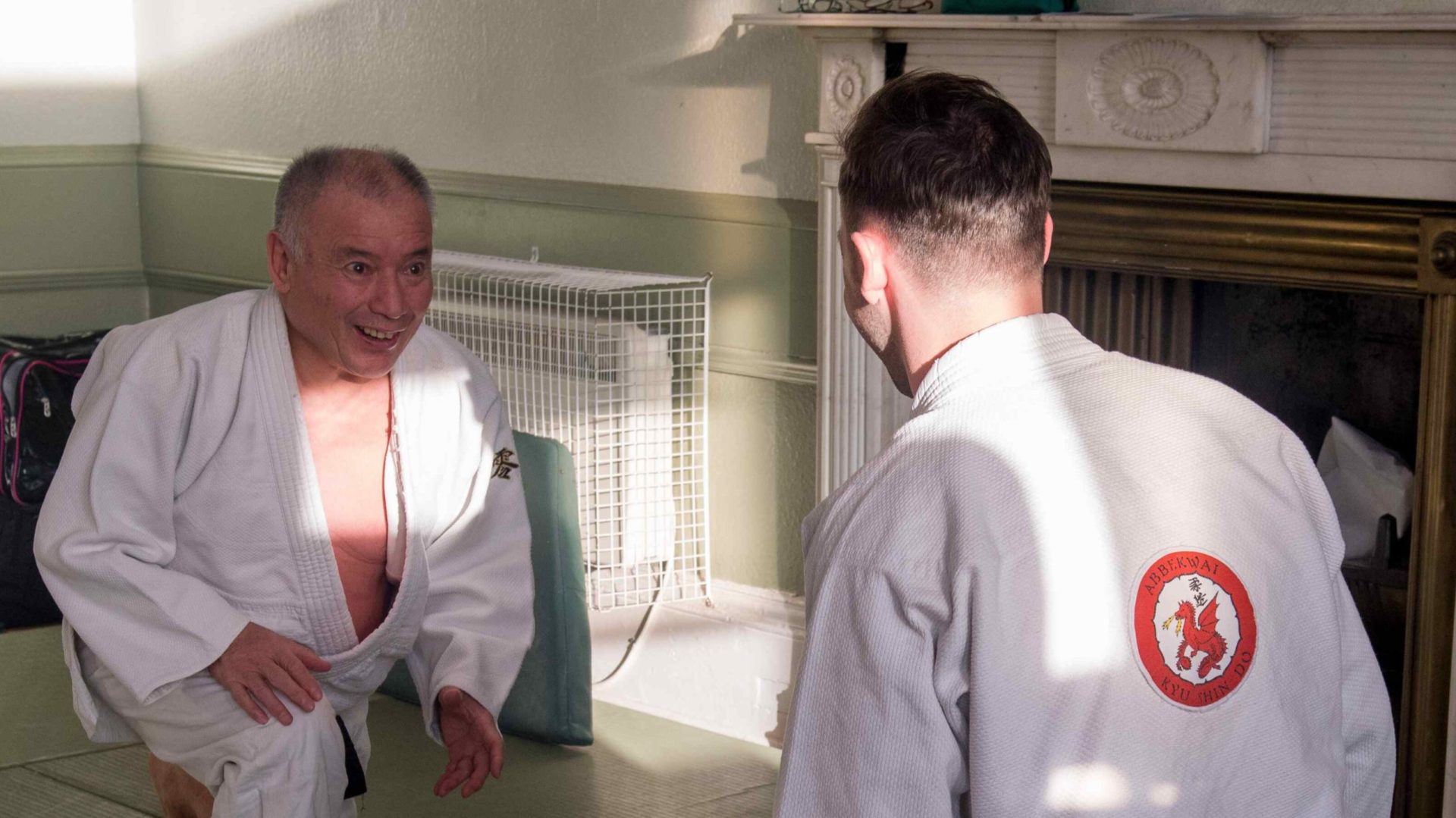The Inner Path of Tokio Hirano
We often recognise the work of Tokio Hirano by the spectacular aspect that his actions take, by the particularly ample and visible way his techniques, his waves, have of presenting

We often recognise the work of Tokio Hirano by the spectacular aspect that his actions take, by the particularly ample and visible way his techniques, his waves, have of presenting
Theme: Tokyo Hirano Mr. Tokio Hirano and Mr. Correa were friends. There are few privileged people in our federation who had the opportunity to study under Mr. Hirano’s supervision, especially
Judo, the martial art founded by Dr. Jigoro Kano, extends beyond the application of techniques. Dr. Kano envisioned Judo as a pathway to personal growth, self-improvement, and the cultivation of
First of all, I would like to thank Tristan for his question on my previous article which gave rise to this one.
I would like to thank those who reread this article before its publication.
For me, harmonies are a set of musical notes that go well together. What should be put in place to allow individual notes to feel good with others? It’s strange
Ju No Michi, the true original martial art Judo founded by Dr. Jigoro Kano, is practised when all the essential elements are in place. Without meeting these criteria, it deviates
On the 30th of June, Louise and Tony with Daniel’s help presented their work and research to assess whether they have achieved the 4th Kyu Level. Each of them had
“Practice Junomichi diligently and regularly, fully embracing its principles, except in cases of unavoidable circumstances or justifiable reasons determined by the practitioner’s conscience.” Ensure the safety of oneself and fellow
Junomichi represents the original form of Judo and Jujitsu established by Dr. Jigoro Kano and further refined by Mr. Correa. Practised by a select few thousand individuals worldwide, this martial